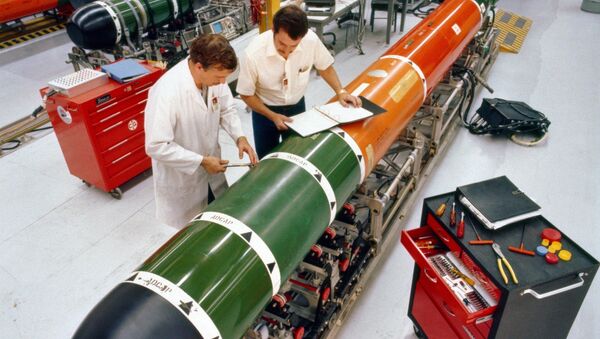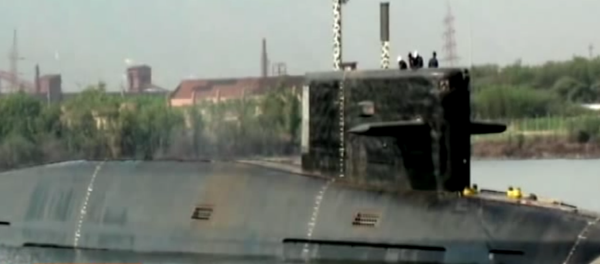The Navy seeks longer-range torpedoes as part of a greater strategy to keep submarines further away from potential targets while a third party, such as a P-8 Poseidon aircraft, provides targeting data, Brian Clark of the Center for Strategic and Budgetary Assessments told Defense News Wednesday.
"If you can extend that range to 50 or more miles, you can attack submarines without your sub having to hold that target organically with its sensors," Clark, an analyst and former submarine officer, said. Firing at a target 50 miles away would not necessarily give away the location of the submarine, facilitating the goal of remaining out of sight.
By capitalizing on this method, submarines could serve as a submerged platform loaded with a lot of weapons — and get the most out of those weapons. "If you have 30 torpedoes on board, you may only have one or two targets within range of your sensors and weapons," the analyst noted.
The idea is to adopt tactics the surface Navy is developing. For instance, the US is developing techniques to monitor aerial conditions for ballistic missile launches. The concept being developed by the surface Navy is to have an F-35 or E-2D collect and relay kill-quality data to the surface ship, which would then seek to neutralize a hostile asset with long-range missiles.
In order to accomplish the new underwater warfare tactic, to delegate target-tracking duties to third-parties instead of the sub itself, the Office of Naval Research gave Aerojet Rocketdyne about $2.6 million on Tuesday to develop more efficient engines for the Mark-48 torpedo that travel further on the same amount of the Navy's standard Otto fuel propellant, Defense News reported.



